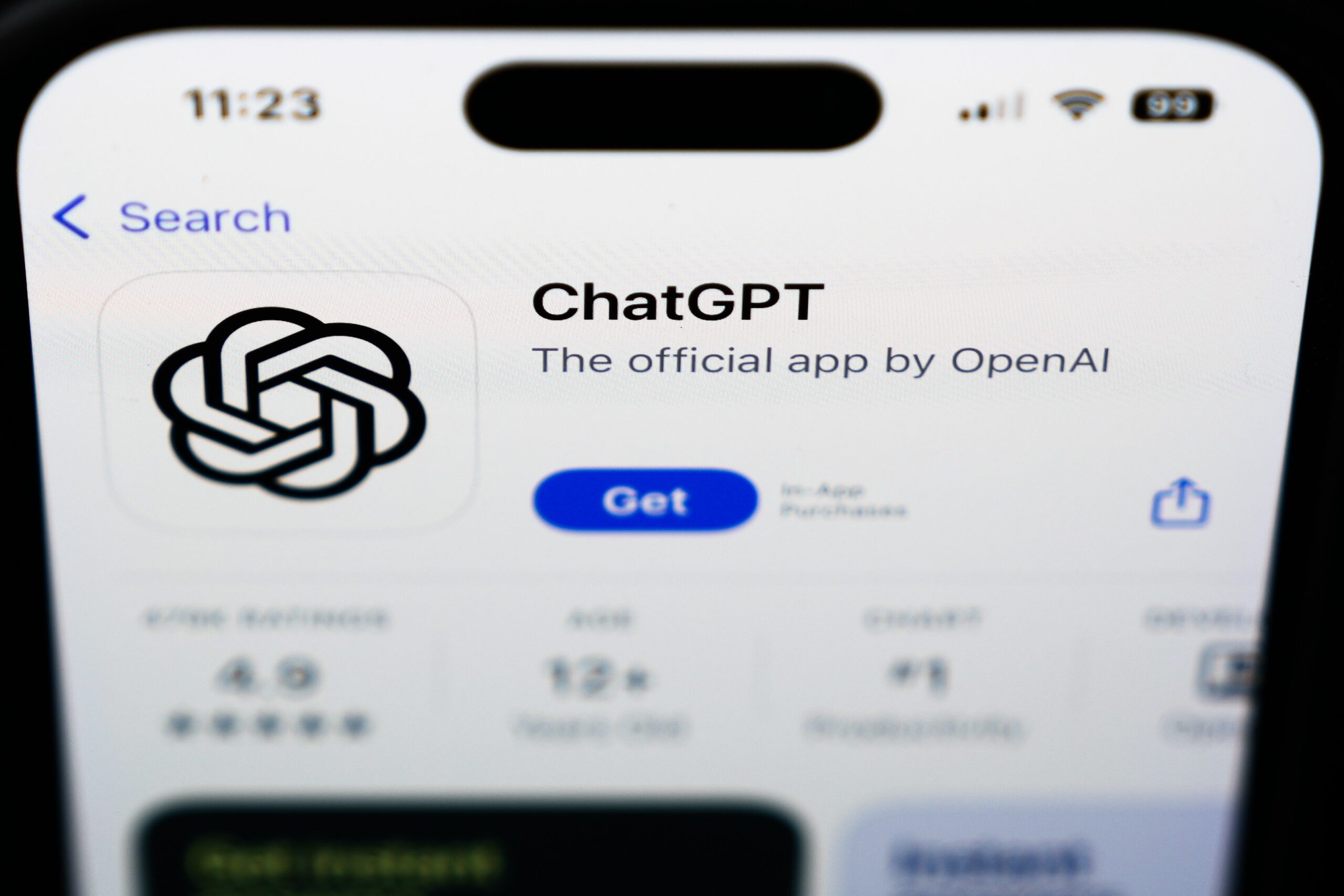Since the emergence of ChatGPT nearly three years ago, the impact of artificial intelligence (AI) technologies on learning has been widely debated. Are they useful tools for personalized education or gateways to academic dishonesty? More importantly, concerns have arisen that using AI may lead to a widespread “banalization,” or a decline in critical thinking ability. It is argued that if students use AI tools too early, they may not develop basic skills for critical thinking and problem-solving. But is this true?
A recent study conducted by scientists at the Massachusetts Institute of Technology (MIT) seems to support this notion. Researchers claim that using ChatGPT to help write essays could lead to a “cognitive deficit” and a “likely decrease in learning ability.” So, what did the study uncover?
Over four months, the MIT team asked 54 adults to write a series of three essays using AI (ChatGPT), a search engine, or just their own brains (“brain-only” group). Cognitive engagement was measured by examining brain electrical activity and linguistic analysis of the essays. Those who used AI showed significantly lower cognitive engagement than the other two groups. This group also had more difficulty recalling quotes from their essays and felt a lesser sense of ownership over them.
Participants then switched roles for a fourth and final essay (the “brain-only” group used AI and vice versa). The group that swapped AI for their brains performed worse and had only slightly better engagement than the other group during the first session, and much lower engagement than the brain-only group in the third session. The authors argue that this demonstrates how prolonged use of AI led participants to accumulate a “cognitive deficit.”
However, it’s crucial to note that only 18 participants (six per condition) completed the fourth and final session. Therefore, the findings are preliminary and require further testing.
Do these results mean that AI makes us dumber? Not necessarily. The conclusions likely stem from the specific design of the study. The change in neural connectivity of the brain-only group in the first three sessions was probably due to becoming familiar with the study task, known as the familiarization effect. As participants repeat the task, they become more familiar and efficient, adapting their cognitive strategy to the task. When the AI group finally had to “use their brains,” they only performed the essay-writing task solo once. As a result, they couldn’t match the experience of the other group. They achieved slightly better engagement than the brain-only group during the first session.
To fully support the researchers’ claims, the AI-to-brain-only group would also need to complete three essay sessions without AI assistance. Similarly, the brain-to-AI group’s more productive and strategic use of ChatGPT likely stemmed from the nature of the fourth essay task, which required writing an essay on one of the previously chosen topics. Writing without AI demanded more substantial engagement, leading these participants to have a much better memory of their past writing.
To grasp the current situation with AI, we can reflect on what happened when electronic calculators emerged. In the 1970s, their impact was regulated by making exams much harder. Instead of hand calculations, students were expected to use calculators and dedicate their cognitive efforts to more complex tasks. The challenge with AI is that educators haven’t significantly raised the bar to make AI an essential part of the process. Educators still expect students to perform the same tasks and deliver the same standard of work as five years ago. In such scenarios, AI can indeed be harmful. Students may mostly shift critical engagement with learning to AI, resulting in “metacognitive laziness.”
However, like calculators, AI can and should help us tackle tasks that were previously impossible — while still requiring significant engagement. For instance, we can ask pedagogy students to use AI to produce a detailed lesson plan, which will then be evaluated for quality and pedagogical soundness in an oral exam.
In the MIT study, participants who used AI were producing the “same old essays.” They adjusted their engagement to meet the expected work standard. The same would happen if students were asked to perform complex calculations with or without an electronic calculator. The group required to do calculations by hand would struggle, while those with calculators would breeze through.
Current and future generations must be able to think critically, creatively, and solve problems. AI, however, is reshaping the meaning of these skills. Producing essays with pen and paper is no longer a demonstration of critical thinking ability, just as doing long divisions is no longer a demonstration of mathematical skill. Knowing when, where, and how to use AI is key to long-term success and skill development.
Prioritizing which tasks can be transferred to AI to reduce cognitive deficit is as crucial as understanding which tasks demand genuine creativity and critical thinking. As Professor Vitomir Kovanovic and Professor Rebecca Brown emphasize, integrating AI into education requires a strategic approach to leverage its benefits while maintaining the development of essential skills.
In conclusion, while the MIT study raises concerns about the impact of AI on cognitive engagement, further research and a nuanced approach to integrating AI into education are necessary to harness its potential effectively without compromising critical thinking and learning abilities.









Leave feedback about this